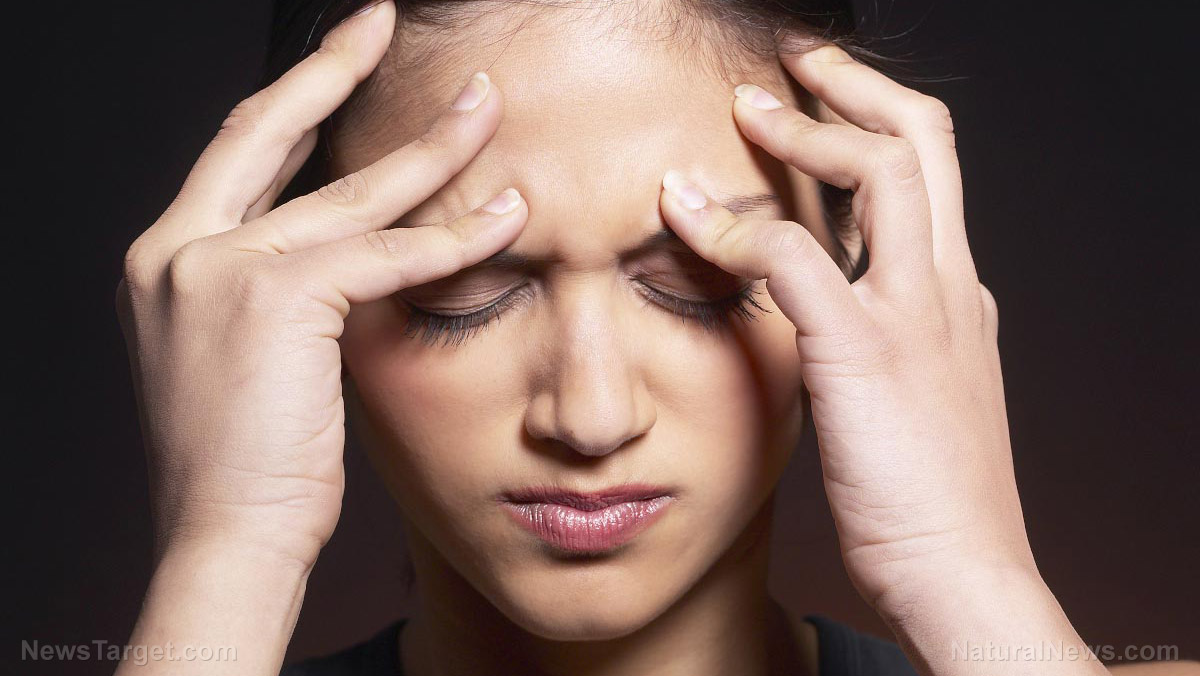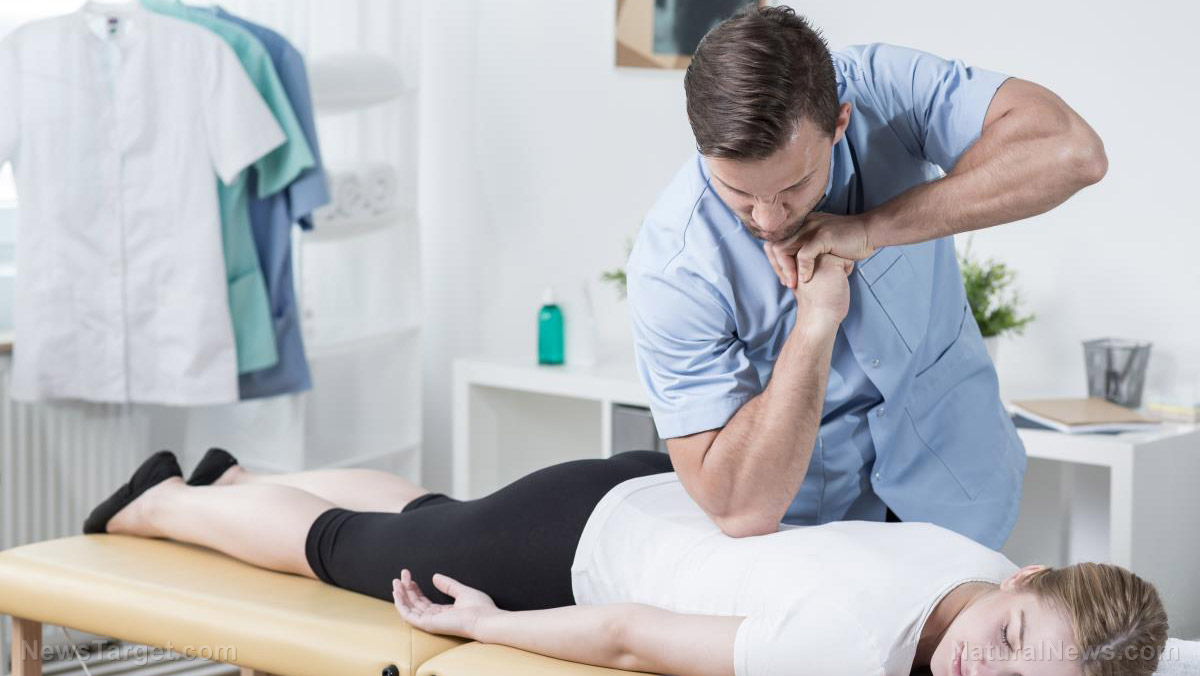
How can you relive menstrual pain?
Almost 80 percent of women suffer from primary dysmenorrhea, or pain caused by the menstrual cycle. At least 15 percent of women with primary dysmenorrhea are in so much pain that they can't go to school or work.
Conventional treatments for menstrual pain include hormonal contraceptives like "the pill" and non-steroidal anti-inflammatory drugs (NSAIDs) such as ibuprofen. But at least 25 percent of women who take these medications report negative side effects, obtain inadequate pain relief, or both.
For example, NSAIDs cause common side effects like bloating, heartburn, or stomach pain. NSAIDs may also cause severe serious side effects such as extreme fatigue, severe rash or hives, or unexplained bruising and bleeding.
This highlights the need to determine treatments for menstrual pain that are affordable, easy to implement, and low-risk. Researchers suggest that self-acupressure meets these criteria and that it can offer women the "added benefit of feeling they have some control over their pain management via being active participants in this process."
Will acupressure relieve menstrual pain?
Current studies have determined that about two-thirds of women with menstrual pain rely on some form of self-management. Most people use various kinds of smartphone apps and for this study, researchers in Berlin, Germany, tried to determine if a smartphone-based self-acupressure app can also help women reduce pain caused by menstrual cramping.
For the study, the research team observed a group of 221 female participants. The volunteers were then grouped into either the self-acupressure or control group. Both groups were given access to apps. The control participants received an app that gave data about the menstrual cycle. The control group's app also included a diary and questionnaires.
Meanwhile, participants in the acupressure group received the same information along with data about acupressure. The acupressure group's app also gave them access to instructional photos and videos that taught them how to perform self-acupressure for menstrual pain.
The app used in this study also had a timer that instructed the members of the acupressure group to stimulate each acupressure point for one minute before moving on to the next point. To ensure that participants strictly implemented the regimen, the app gave a reminder to perform self-acupressure every day for five days before the expected menstrual period of each participant. (Related: Chamomile tea is not just for promoting sleep; it has other health benefits as well.)
The average pain intensity of the participants was measured using a numerical rating scale. The researchers also used the app to gather data on:
- Days of work missed due to menstrual pain
- Duration of pain
- Use of pain medication
- Worst pain
The app also collected other information.
When the study concluded after six months, the female participants from the control group were told to follow instructions for self-acupressure with the full version of the app.
The study results revealed that while both groups experienced a reduction in pain after three and six months, the reduction was statistically significantly greater among participants from the acupressure group. The researchers also noted that improvements concerning pain duration, use of pain medication, and worst pain intensity were also higher among the acupressure group.
The scientists commented that there was no difference between the two groups in the number of sick days taken. Data concerning suspected adverse events showed that in the acupressure group, 15 women reported adverse events. The most commonly reported was bruising in five women and a change in menstrual cycle in three participants.
Generally, the participants were able to follow the app-guided acupressure protocol. Further study may help determine the potential risks and benefits of acupressure for menstrual pain.
Based on the study results, researchers concluded that this natural remedy is an effective, inexpensive, and easy-to-implement tool for managing the intensity and duration of menstrual pain. Acupressure can also help eliminate the need for pain medication among women with primary dysmenorrhea.
Browse more articles about acupressure and other natural cures for menstrual pain at WomensHealth.news.
Sources include:
Please contact us for more information.






















